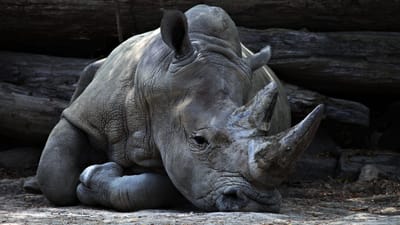Help Stop Poaching
the cause and effects of poaching
Poachers are killing elephants for their skin and ivory. The effect on our world is our wild life supply is
decreasing. Also china denys laws to stop poaching and because of that
evry year we only have 100,000 left in the wild. Poachers gain 65 thousand per kilo for selling ivory illygaly
with then they can buy more resorces to kill more elephants. The only thing ivory sellers think about is gaining money
and that leads to killing more animals. Asian and Indian religions lead to having ivory sculptures.

protecting the animals
Law enforcement and non-governmental organizations around the world are constantly planning and conducting operations to catch environmental criminal groups and fugitives involved in environmental crimes (PDF). These crimes may occur at local, regional, national, or transnational levels and include the illegal trade in live animals; illegal trade in wildlife parts and trophies; pollution of air, water, and soil; over-exploitation of fishing grounds; climate change crime and corruption; illegal logging; natural resource theft; and biosecurity.
Decades ago, some 4,000 elephants lived in Gorongosa, an elephant behavior expert and National Geographic Explorer who studies the park’s pachyderms. But those numbers dwindled to triple digits following the civil war. New, as yet unpublished, research she’s compiled indicates that of the 200 known adult females, 51 percent of those that survived the war—animals 25 years or older—are tuskless. And 32 percent of the female elephants born since the war are tuskless.


help the world with poaching
the right thing to do
other team members
" Kendra "
co-owner
" loni "
owner
this is me

